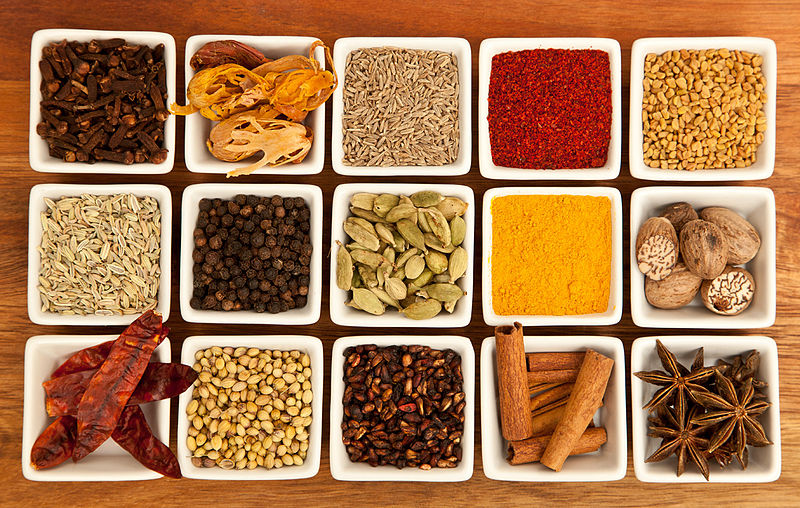Coriander or sometimes known as cilantro, is natively found in areas in Southwestern Asia, Africa, the Middle East and Southern Europe. Historical documents show that Egyptians were actually the first people to cultivate and harvest this spice. Coriander is heavily used in India, where it is used in various vegetable dishes, curries and often consumed roasted as a snack or after meal digestive.
South African and German cuisines often use coriander powder in sausages, bread and pickled vegetables. The flavor profile consists of orange, lemon and warm nutty tones.
Dating back to ancient Syria, cloves were actually traded similar to oil, salt and other ingredients that served as currency before a monetary system was in place throughout various BC civilizations.
Popular in cuisines in China, India, Russia, Greece and even parts of Scandinavia, they are most heavily used in Asian curries, often being used in rice and meat dishes. Cloves are often paired with cardamom and cinnamon to enhance the overall spice blend in curries. While fruity, cloves have a bitter aftertaste and can sometimes numb the mouth with its pepper flavors.
Native to areas in Asia such as India, Bhutan and Nepal, the world’s third most expensive spice is surprisingly used in Scandinavian pastries such as the Scandinavian bread Julekake and the Finnish sweet bread pulla the name a few. In Asian cuisine, Cardamom is used in sweet and savory dishes ranging from traditional sweets to chai. Thai and Nepali cuisines also frequently use cardamom in their versions of curry and other savory dishes.
Cardamom has a very unique, strong taste that is quite versatile when cooking a wide array of dishes. On the other hand, black cardamom has a more smokey and intensely aromatic flavor that lacks the bitterness of green cardamom.
